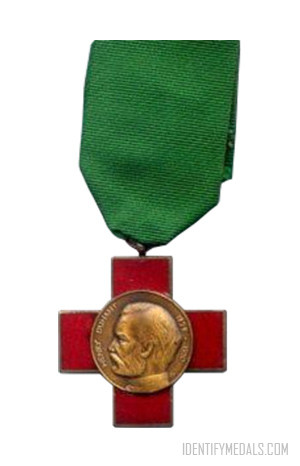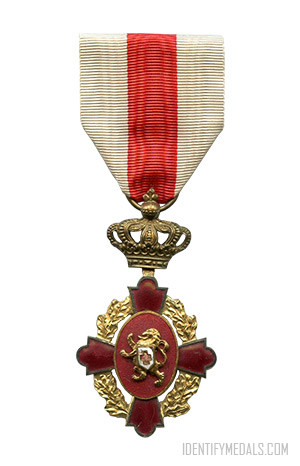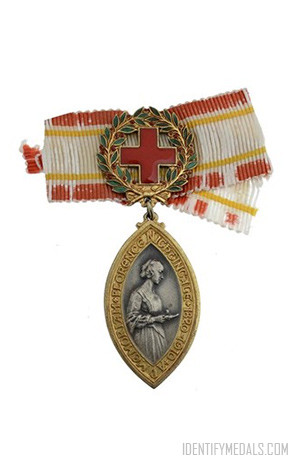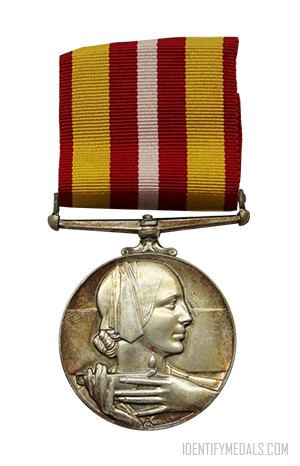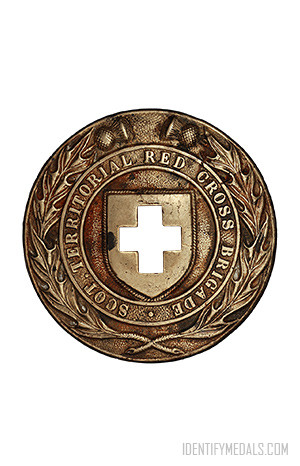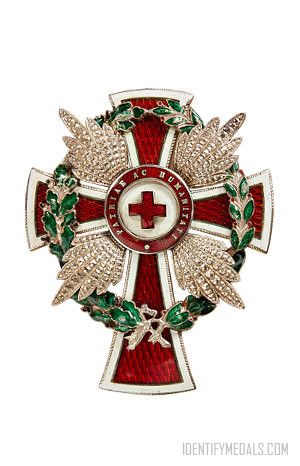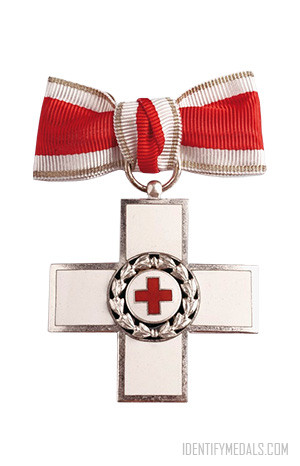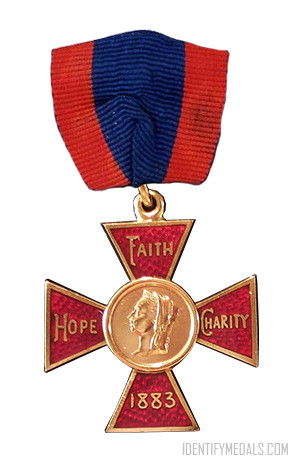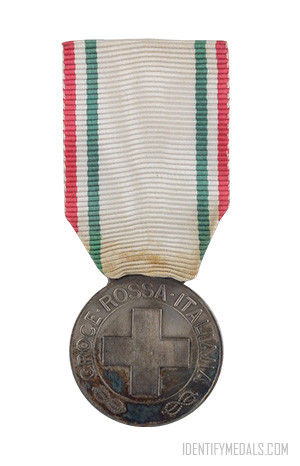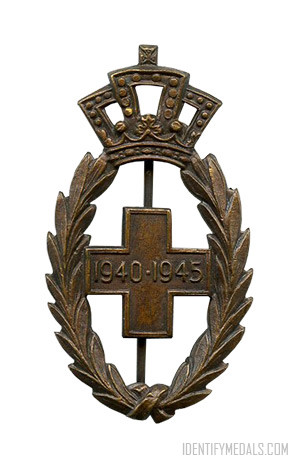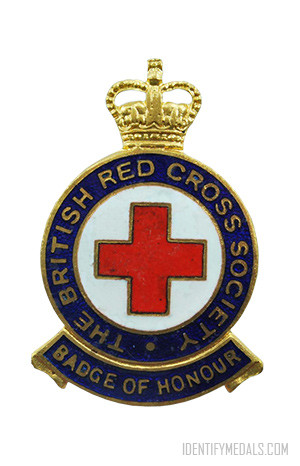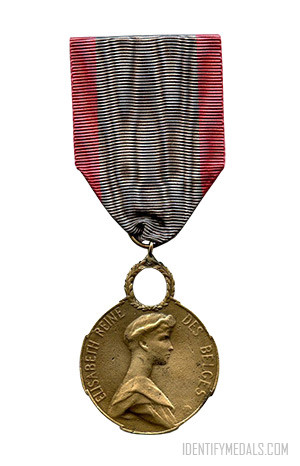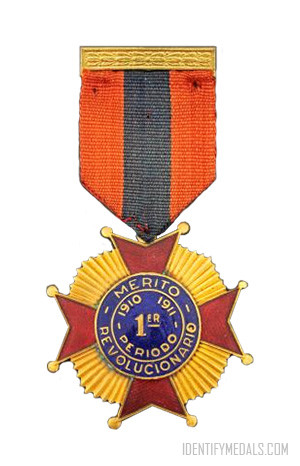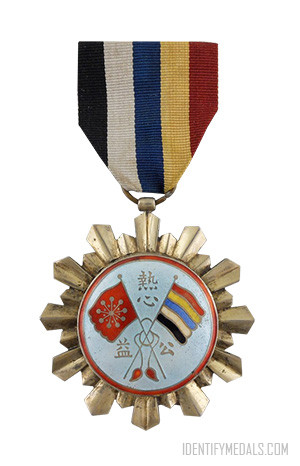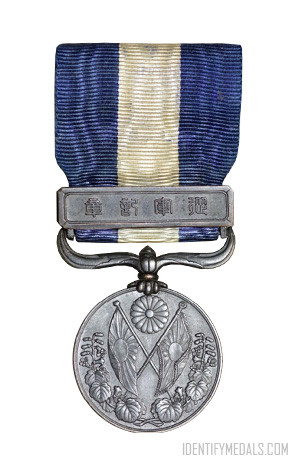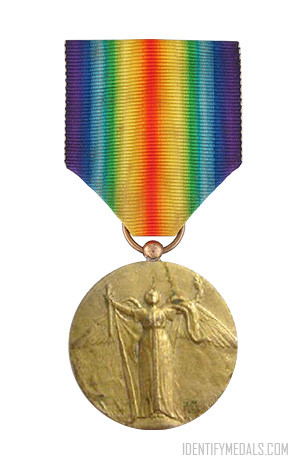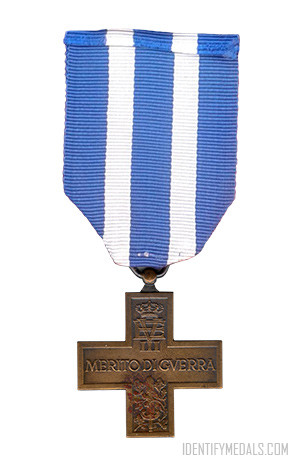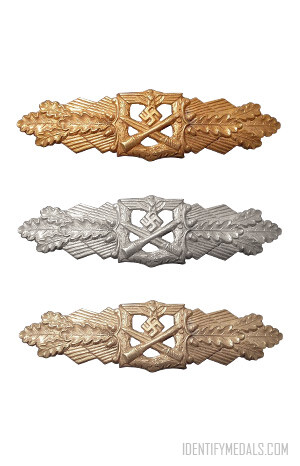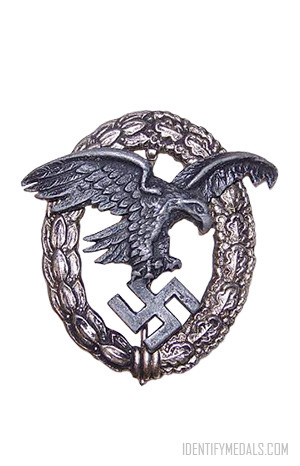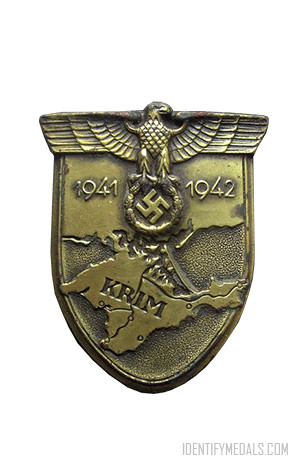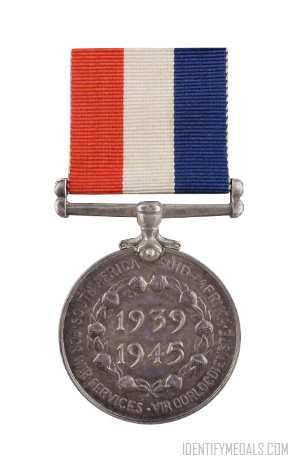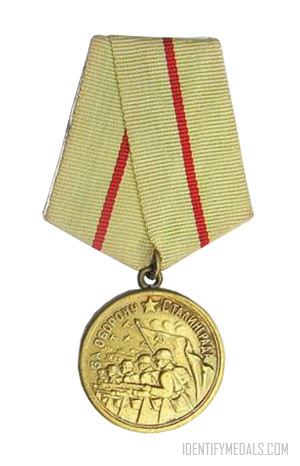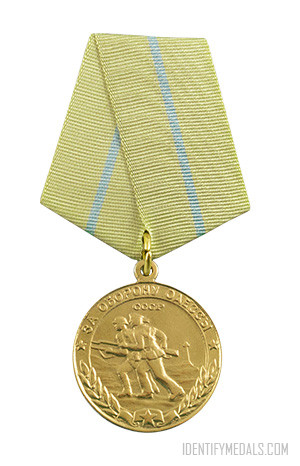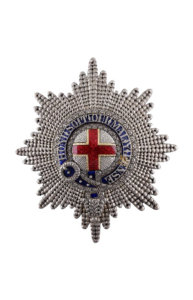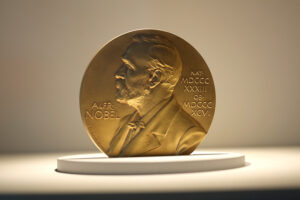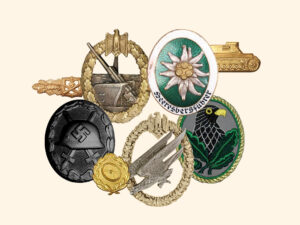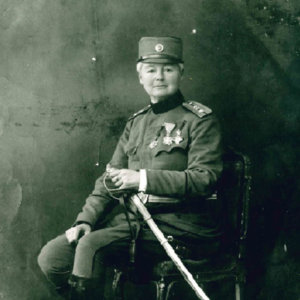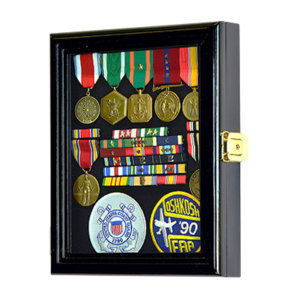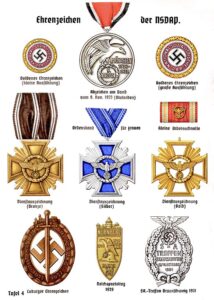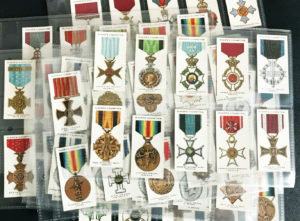The Henry Dunant Medal is the highest award of the Red Cross Movement. It was created in 1963 and named after Henry Dunant, the founder of the Red Cross Movement. In 1963, the idea of creating a medal named in honor of the founder of the International Red Cross was submitted to and approved by the Council of Delegates. This coincided with the 100th anniversary of the Red Cross. In 1965, through the generosity of the Australian Red Cross, the Henry Dunant Medal was established by the International Red Cross Conference in Vienna. The first medals were presented in 1969.
The medal is awarded to “recognize and reward outstanding services and acts of great devotion, mainly of international significance, to the cause of the Red Cross/Red Crescent by any of its members“.
The medal is presented every two years by the Standing Commission of the Red Cross and Red Crescent, the body that represents the International Committee of the Red Cross, the International Federation of Red Cross and Red Crescent Societies and the various National Red Cross and Red Crescent Societies. This body, representing all of the groups making up the Red Cross Movement, makes five awards of the medal every two years. These limits are placed to ensure the value and prestige of the medal as the highest honour the Red Cross Movement can bestow upon one of its members.
Regulations still allow for the posthumous award of the medal. However, the various groups of the movement have been encouraged to create recognition for those killed in service to the Red Cross. All posthumous nominations for the Henry Dunant Medal should be for, “truly exceptional cases.”
The Henry Dunant Medal Design
The Henry Dunant Medal is in the shape of a Geneva or Greek cross. The arms of the cross are colored with red enamel. In the center of the cross is a circular bronze medallion bearing effigy of Henry Dunant, facing left. Circumscribed around the effigy are the words HENRY DUNANT 1828-1910. The reverse of the medal is plain. To the top arm of the cross is attached a loop for ribbon suspension.
The ribbon is depicted as either solid green, or green with red edges.

